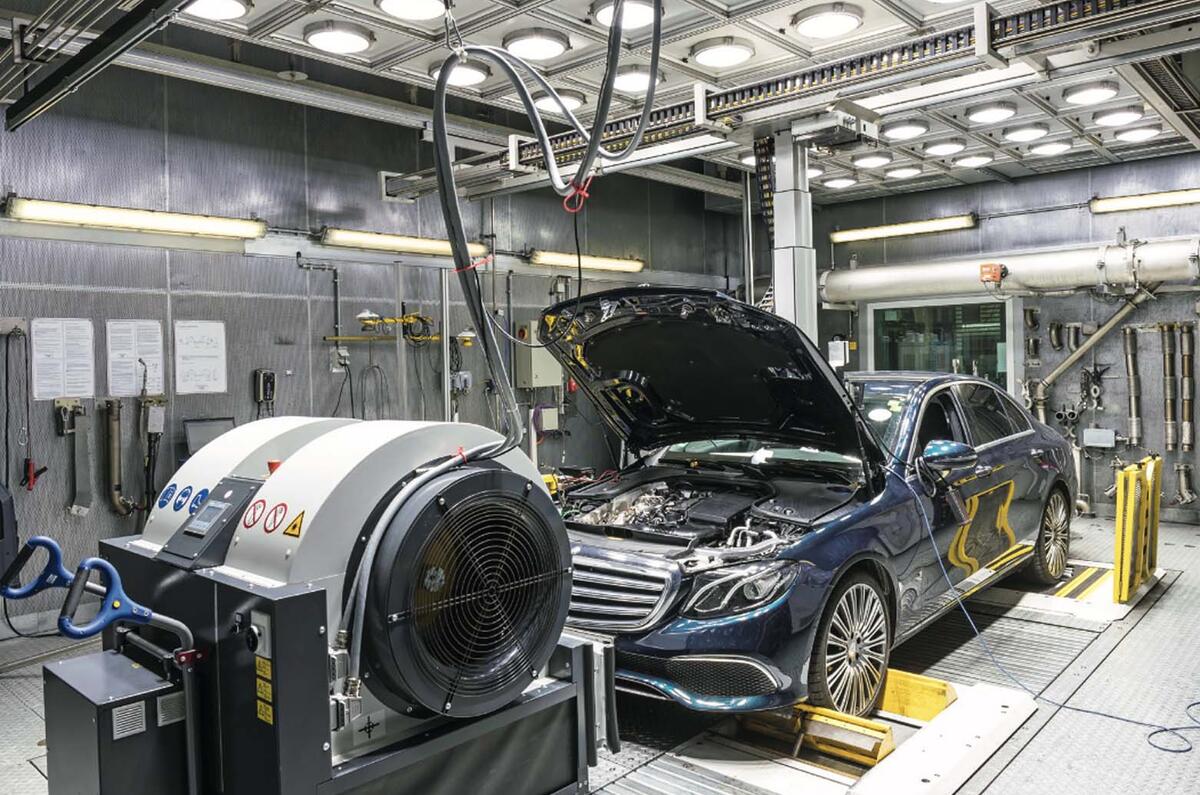The newly implemented WLTP emissions test has shaken up the European car market, leaving manufacturers rushing to certify models and dropping variants from their ranges.
WLTP (short for Worldwide harmonised Light vehicles Test Procedure) replaced the New European Driving Cycle (NEDC) test, which had been heavily criticised for not reflecting real-world conditions, on 1 September.
What does it mean for the consumer? In theory, cars that are sold today will be no more or less efficient in the real world than they were before. Many buying from dealer forecourts today will still find cars that have only been tested under the old regime, but even those that have been tested under WLTP rules should return near-identical figures. As our research shows (see right), that is not the case for a lot of cars.
The changes to the test are simply to provide claimed figures that are more representative of the MPG and emissions the cars will produce in normal use. The tests will also provide a rating for the car’s particulate emissions, such as nitrogen oxide.
What will affect buyers, though, is that several car makers have taken models that won’t conform to the new standards off sale. For example, BMW stopped production of the BMW M3 sports saloon early, while Jaguar has slimmed down the XF range and removed petrol XJs entirely. Subaru has also ceased selling diesel vehicles altogether.
Some models, such as the Volkswagen Golf R, have had their power output reduced to drop tailpipe emissions. Other changes are temporary. For example, Skoda has ceased selling some Skoda Octavia and Rapid variants until at least October. Production delays are also on the cards, causing particular problems for the VW Group. Seat sources estimate a four-to-eight-month wait for bestselling models, with similar delays for VW.
Buyers of all brands in the UK are advised to check with their dealer to see which model variants are still on sale, and which will face heavy delays.
Many car manufacturers are testing their models under the new WLTP rules but then converting them back to 'NEDC equivalent' figures, which they are allowed to do by law until 2020 when a new taxation system is brought into place. Autocar has obtained a small handful of the un-converted WLTP figures, and the contrasting changes from the old NEDC figures can be seen below. More figures will be revealed in the coming weeks and months, showing more models with stark changes to their published economy.
WLTP winners and losers:
BIGGEST CHANGE





Join the debate
Add your comment
I think the after CO2 figure
I think the after CO2 figure for the Evoque is incorrect. I make it over 200g/km in combination with the new mpg...
WLTP
About time that they are doing a sort of realistic reading on CO2.
Although here in France it means €10500 in added tax on all new cars with a CO2 of 185 or more,so apart from cars being so expensive over here you have the sliding CO2 tax bill to add on top
Rules is rules? , right?
Coming up with a new “realistic” emissions and mpg figures was supposed to be good news, better, more accurate, figures that you and I should be able to attain Day in day out, won’t happen because we all have different driving styles, but, why this converting them back to the old test figures?, Car makers have managed to do sort the suspect models, lots of the old figured Cars were on lots at good prices ,punters wouldn’t mind if their new wheels didn’t pass they got a new Car cheaper!, no, if new frogs come in, then, that’s it, no going back, no delay before the law comes in.....